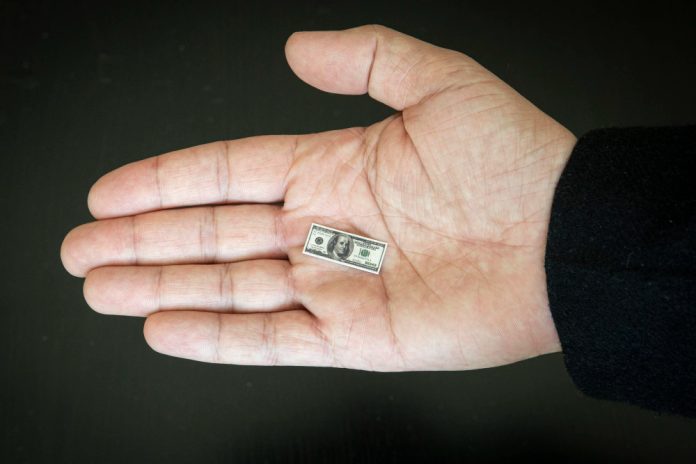Inflation in the United States showed signs of easing last month, providing hope that the price increases seen earlier this year may be subsiding. If this trend continues, it could bring the Federal Reserve closer to lowering its benchmark interest rate from its 23-year peak.
The government reported on Wednesday that consumer prices, excluding the volatile food and energy sectors, rose by 0.2% from April to May. This is a decrease from the 0.3% rise the previous month and represents the smallest increase since October. Year-over-year, core prices increased by 3.4%, down from the 3.6% rise in the previous month.
Federal Reserve officials are closely monitoring each month’s inflation data to evaluate their progress in combating rising prices. Despite the moderation in overall inflation, essentials such as groceries, rent, and health care remain significantly more expensive than three years ago, causing public dissatisfaction and posing a political challenge to President Joe Biden’s re-election campaign. Nonetheless, other economic indicators suggest the economy is healthy, with low unemployment, robust hiring, and strong consumer spending on travel, dining out, and entertainment.
The Fed has maintained its key interest rate for nearly a year after aggressively raising it in 2022 and 2023 to counter the worst inflation in four decades. These higher rates have led to more expensive mortgages, auto loans, credit cards, and other forms of borrowing for consumers and businesses. Although inflation is now well below its peak of 9.1% in mid-2022, it remains above the Fed’s target level.
Persistent inflation has been a challenging issue for the Fed, which raises interest rates or keeps them high to slow borrowing and spending, cool the economy, and reduce price increases. Prolonged high borrowing costs risk weakening the economy too much, potentially causing a recession. Conversely, cutting rates too soon could reignite inflation. Most Fed policymakers believe their rate policies are slowing growth and should curb inflation over time.
Inflation declined steadily in the second half of last year, raising hopes that the Fed could achieve a “soft landing,” controlling inflation through higher interest rates without triggering a recession—a difficult and rare outcome. However, unexpectedly high inflation in the first quarter of this year delayed anticipated Fed rate cuts and jeopardized the soft landing.
In early May, Fed Chair Jerome Powell stated that the central bank needed more confidence that inflation was returning to its target before reducing the benchmark rate. Several Fed officials have indicated in recent weeks that they need to see several consecutive months of lower inflation.
There are indications that inflation may continue to cool in the coming months. Americans, especially lower-income households, are cutting back on spending. In response, major retail and restaurant chains such as Walmart, Target, Walgreen’s, McDonald’s, and Burger King have announced price cuts or deals.
Featured Image: Freepik









